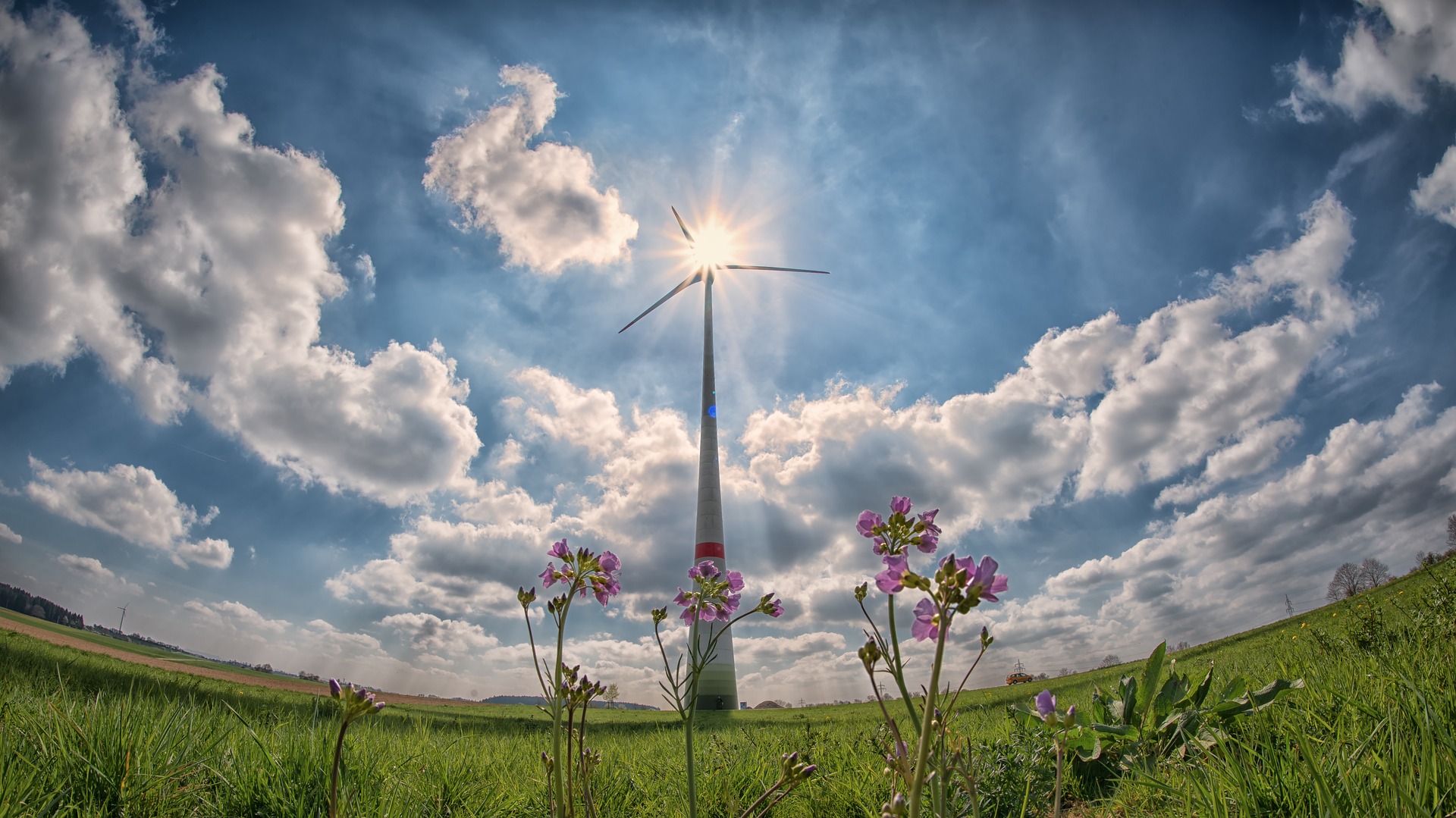Wind energy experts agree: onshore wind is the past, present, and future of wind energy. Europe and National Governments must invest more in Research and Innovation to deliver technology improvements.
Europe needs at least 750 GW of onshore wind by 2050 up from 174 GW today to become climate neutral. To deliver these ambitions we need more innovation. On the one hand to keep the cost of wind energy low and on the other to increase the value of individual wind turbines.
Europe leads the world in onshore wind technology development and innovation. But its technology leadership is at risk. Public support for wind energy Research and Innovation is plateauing whilst ambitions are rising. This mismatch is clearest for onshore wind. There is still a need for Research and Innovation in onshore wind.
Research and Innovation will deliver more performant and recyclable materials and breakthrough designs to components. And it will allow the sector to harness the full potential of digitalisation. As this ETIPWind report has shown, digitalisation will create new economic opportunities for wind operators and help increase the connectivity and interactivity between wind farms and other actors.
But innovation must also be deployed. Onshore wind deployment faces significant regulatory challenges. In many countries permitting has become very complex. It takes increasingly more time to get a project started. Deployment slows down and this limits the room for innovation. So Member States must simplify the permitting rules. Today technology development is faster than the permitting process.
Repowering is another challenge for the onshore wind industry. Member States must lay out clear strategies to unlock investments in repowering wind energy projects. These projects with the latest technology deliver more wind energy with less environmental impacts. They are a win-win situation.
The challenges and opportunities of onshore wind development featured on WindEurope’s WindTV (1-4 December). During the session “Onshore turbines: pushing back the limits”, the Chief Technology Officers shared their latest insights on the next generation of onshore wind turbines. Alberto Barcia (Ingeteam) highlighted that “onshore wind is the past, the present, and the future of wind energy”.
To boost innovation and introduce the latest onshore wind technologies in the market, Member States must fix permitting and repowering issues and increase the Research and Innovation investment in their national energy & climate plans (ETIPWind news piece). Otherwise, we will not reach climate-neutrality by 2050.
ETIPWind recommendations:
ETIPWind Digitalisation report
More information:
WindEurope Position Paper (for WindEurope members)
Note: For WindTV – all video materials: ministerial sessions, interviews, documentaries are now available on demand and for free until the end of December. Simply visit this website, click on the sessions you’re interested in and scroll down to watch the replay.

